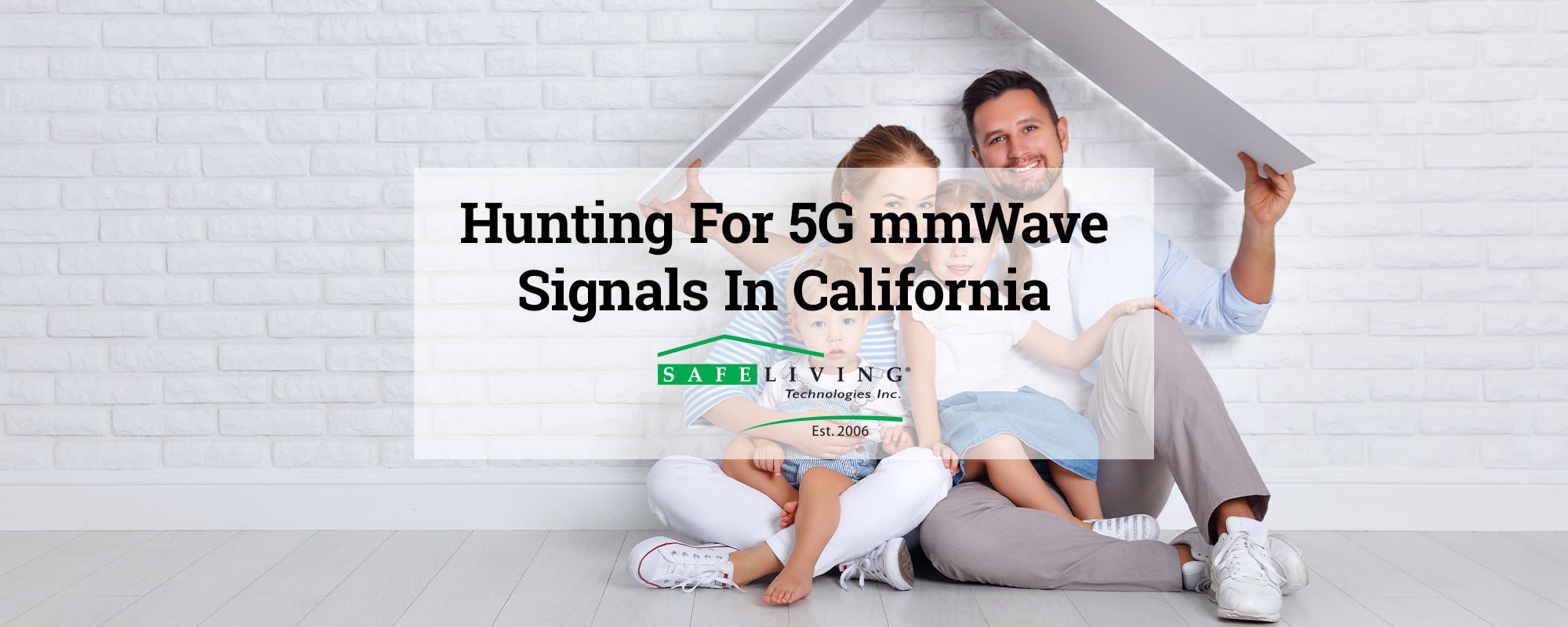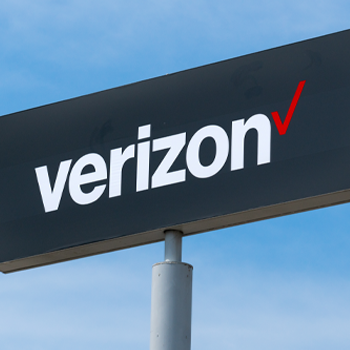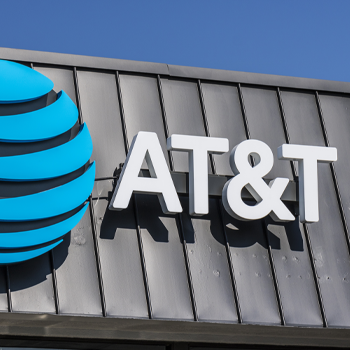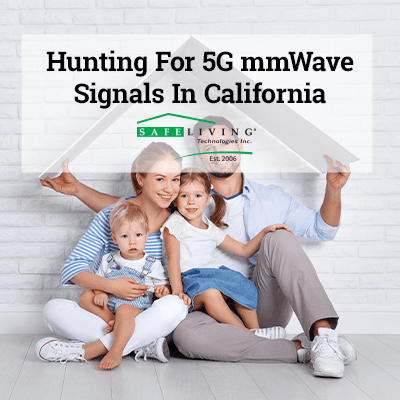Hunting For 5G mmWave Signals In California

Watch the June 28 2023 mmWave Playback
Download The mmWave Presentation Slides
Hunting For 5G mmWave Signals In California
I have not had the time to really go hunting for 5G mmWave transmitters with the FM5 meter that I have from Brian Hoyer, but I plan to do a more extensive search when I get the Safe and Sound mmWave Pro meter. I have used the FM5 when I go to people’s homes, mostly in the suburbs, where mmWave transmitters are not usually deployed. I will pay attention with both mmWave meters in more urban areas.
Also, I have a smart phone that can turn them on where they exist. I don’t know how much luck a beta tester is going to have in the U.S. if they have an AT&T or T-Mobile cell phone, because, as I said, even if they have a Verizon mmWave 5G antenna in front of them, they won’t be able to activate it.
This whole thing is way more complicated than most people in our extended EMF community realize, and your new meter is really going to help us to understand that. I look forward to seeing what other beta testers will find around the U.S. I don’t know the state of mmWave 5G in Canada.
I also plan to go to the 5G conference in Las Vegas in October this year, where I can learn the latest. I will go with Bill Cadwallader.
mmWave 5G signals are here in Los Angeles
I will have mmWave 5G signals where I go here in Los Angeles for clients as well as when I move about the city for other reasons.
However, I want to point out that, at least for your beta testers in the States, they won’t really know whether they will be working in or visiting areas that have 5G mmWave service or not. As we have discussed and as I state in my 5G article (https://createhealthyhomes.com/education/5g/), there is a big difference in the mmWave 5G deployment among the three main cellular carriers in the U.S.

Verizon is by far the largest, deploying mmWave service in downtown areas in almost 100 American cities now as well as out into some suburbs. You see that when a newer Verizon phone that is 5G mmWave-enabled, has the letters “UW” appear next to “5G” in the upper right corner. When just "5G appears" without the letters “UW”, it would mean they are near a Verizon antenna that has a low band transmitter from their “Nationwide" 5G service. This uses a re-purposed 4G LTE frequency in the low band at 850 MHz, which would not be beam-formed.
If a Verizon customer sees “UW” next to “5G”, it could be from their mmWave service at 28 or 39 GHz, but it could also be from a nearby transmitter using their new C-Band service at 3.5-3.7 GHz, which may be beam-formed (I am trying to find that out from the cell industry). This means that Verizon uses “5GUW” to designateboth their mmWave service in the high band, at 28 and 39 GHz, and their C-band service in the mid band at 3.5-3.7 GHz. You do not know which it is when you see “UW” show up.
That means that someone with a newer Verizon phone in the U.S. may see “UW” next to 5G but their new 5G mmWave Pro Meter will not show any readings within the frequency range it covers. That would mean the transmitter is in the C-Band. At this point, I believe there are more C-band antennas deployed in the mid band than Verizon’s 28 and 39 GHz mmWave transmitters in the high band.
AT&T still has mmWave transmitters in only a handful of convention centers and other public spaces (sports arenas) in certain city downtowns. They call that their 5G+ service, now available to all customers (previously it was only available to business customers). They say they are expanding their mmWave service.
T-Mobile is sitting pretty with their 2.5 mid band 5G coverage that they inherited from Sprint when the two companies merged a few years ago. That provides much faster service than their 4G LTE service, so customers are happy with that and T-Mobile has therefore not invested much in expanding their rather limited mmWave service, present in roughly six cities, nor in bidding for more mid band coverage in the 3.5-3.7 C-band or 3.4-3.5 CBRS ranges that Verizon and AT&T are competing for. T-Mobile has expanded somewhat past their initial mmWave offerings from before their merger with Sprint, but not by much.
When AT&T customers see “5GE” on their phones, that is AT&T's 5G “Extended” service, which means low band 5G at a re-purposed 850 MHz frequency. It is not beam-formed. Instead, it is somewhat more modulated and faster than their 4G LTE service at the same frequency.

Likewise, when 5G appears on a T-Mobile phone, it will either be their low band re-purposed 600 MHz 4G LTE frequency or their 2.5 GHz mid band frequency, inherited from Sprint, and not usually a mmWave signal.
So, in the States, most of your customers who register anything with your new 5G mmWave Pro Meter will see it come primarily from Verizon mmWave antennas at 28 or 39 GHz.
Remember, a mmWave 5G-enabled phone has to be present in front of one of these mmWave 5G transmitters (from the same carrier) to turn it on and make it send out a beam-formed signal to the phone asking for a connection. Otherwise, the mmWave 5G antenna will sit idle and not transmit (except for the almost imperceptible beacon signals transmitted at -60 to -70 dBm, which I am told equates to 0.01 µW/m2). This was a very surprising fact that I learned at the first Mobile World Congress America 5G trade show I attended at the Los Angeles Convention Center in 2018. I heard that from several radio engineers present at the conference, and others confirmed it. That flies in the face of what we hear from our dear colleagues in the larger EMF community who think we are all being blasted with beam-formed signals from all these mmWave 5G transmitters. Granted if you are in a downtown area, you will be—see below. But if you are in a residential area with just one antenna on the block and little foot traffic, that mmWave antenna will sit idle most of the time, and its signal will not penetrate building walls and windows, even without shielding or window Low-E tinting. MmWave signals do not penetrate even single pane glass and plywood.
Thus, if one of your beta testers in the States is a T-Mobile or AT&T customer and they come in front of a Verizon 5G mmWave antenna, they will not be able to turn it on. That means their new 5G mmWave Pro Meter will not register a signal until a Verizon customer walks by who automatically turns on that antenna. I even think that only happens if the user is on his or her phone and it is using the data connection, although it may happen automatically even if the phone is not being used for any activity at the time.
Thus, when a Verizon customer comes in front of the antenna, then, and only then, will the antenna send out a beam-formed signal that will track that Verizon 5G mmWave-enabled phone through the ten or so zones, each only ten degrees wide, turning on and off the signal as the person walks or rides through the cone/footprint of coverage, one zone at a time. When the person walks through one zone into the next one, the previous zone turns off. Thus, houses nearby are not being “blasted” with 5G coverage, as many people fear.

As I wrote above, certainly if someone were to take your new 5G mmWave Pro Meter into a downtown outdoor space with lots of people milling about in it, or to to sporting event, they would see lots of mmWave signals. The National Football League (NFL) in the U.S. has a deal with Verizon to put hundreds of 5G mmWave antennas into all NFL stadiums. You see 5G mmWave antennas now in downtown areas with lots of foot traffic, metro stops, airports, convention centers, college campuses and the like.
This is all spelled out in my 5G article, again at https://createhealthyhomes.com/education/5g/. I hope this helps. I can help interpret data that you will get from your beta testers. Feel free to share this information with them. I am also interested to see what they find in testing around the country.
I should also note that I already have the FM5 RF meter from Shielded Healing. I have yet to see it register anything above its floor of 130 µW/m2 in the mmWave range even though I see 5GUW on my Verizon iPhone 14. I therefore must be in the vicinity of a C-band transmitter and not a mmWave transmitter.
More often I do not see the UW designation when I see 5G on my phone, meaning I am near only a Nationwide 5G transmitter at the re-purposed frequency of 850 MHz in the low band and not near a C-band transmitter in the mid band nor a mmWave antenna.
I find the main value in having the mmWave meter is to reassure my clients that theydon’thave a beam-formed 5G antenna in front of their house. I will keep looking with that meter and with your new 5G mmWave Pro Meter when I receive it for actual mmWave transmitters.
All the best.
Oram Miller,


